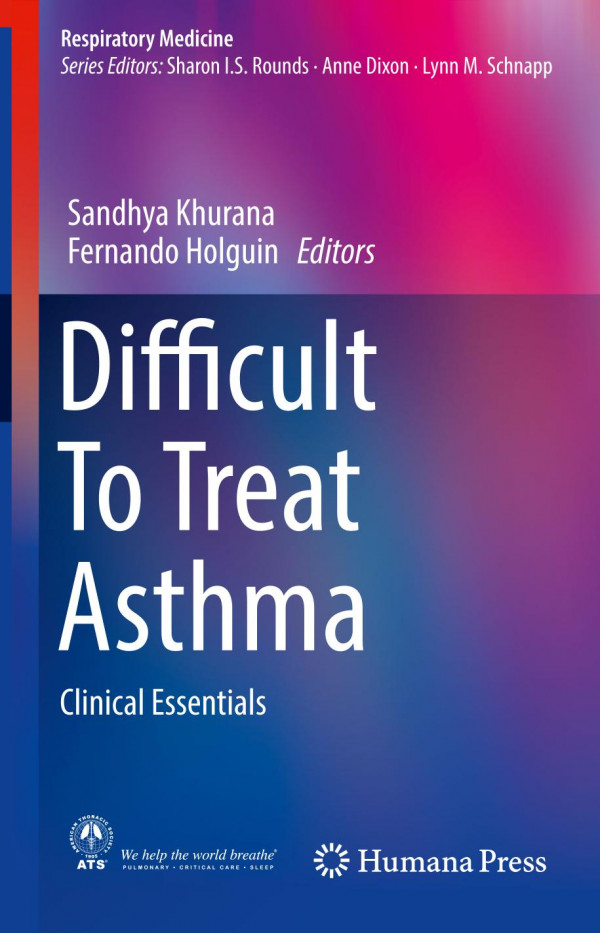

Most ebook files are in PDF format, so you can easily read them using various software such as Foxit Reader or directly on the Google Chrome browser.
Some ebook files are released by publishers in other formats such as .awz, .mobi, .epub, .fb2, etc. You may need to install specific software to read these formats on mobile/PC, such as Calibre.
Please read the tutorial at this link. https://ebooknice.com/page/post?id=faq
We offer FREE conversion to the popular formats you request; however, this may take some time. Therefore, right after payment, please email us, and we will try to provide the service as quickly as possible.
For some exceptional file formats or broken links (if any), please refrain from opening any disputes. Instead, email us first, and we will try to assist within a maximum of 6 hours.
EbookNice Team

Status:
Available4.7
31 reviewsThis book provides a practical, stepwise, evidence-based approach to effective management of patients with difficult to treat asthma. The impact of asthma on morbidity and healthcare utilization increases exponentially with severity. Severe refractory asthma accounts for less than 5% of all asthma. Its prevalence, however, is often overestimated as there are several other confounding factors that make asthma ‘difficult to treat’. Many novel (albeit expensive) therapies are now available and providers caring for patients with severe asthma are charged with selecting the best evidence treatment. This calls for complex and nuanced decision-making. Whether people with asthma gain and maintain control over their condition depends not only on the availability of effective drugs, but also multiple patient and healthcare provider behaviors. Therefore, now more than ever, it has become increasingly important to differentiate “difficult” from “severe refractory” asthma to allow identification of patients most likely to benefit from these therapies. This volume delves into the current understanding of mechanisms and increasingly recognized heterogeneity of this complex disease. It discusses a structured approach to identification and optimization of factors contributing to poor asthma control, including nonadherence, comorbidities and occupational/environmental triggers. The book includes ‘state of the art’ reviews on recent advances in traditional and targeted asthma therapies, as well as a glimpse into what the future may hold. Highlights include a comprehensive guide to management of severe asthma in children and pregnancy, as well as practical considerations to management of asthma based on different clinical phenotypes. Each chapter is authored by leading experts in the field who share their own clinical approach. This is an ideal guide for clinical pulmonologists and allergist/immunologists, as well as primary care providers, physician extenders in specialty practice, physicians in pulmonary/allergy training, and even industry partners.